“We are living in a tinderbox,” says Reinette Senum.
Senum is the vice mayor of Nevada City. Nestled in the foothills of the Sierra Nevada mountain range, 147 miles northeast of San Francisco, the town’s streets are lined with characterful wooden houses that date back to the late 19th century.
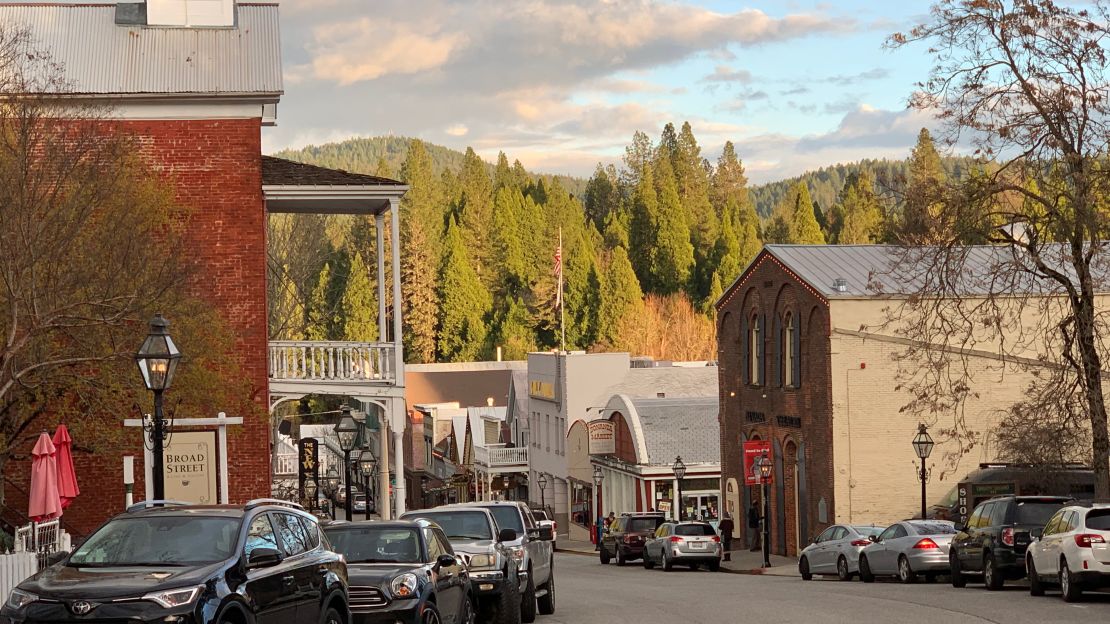
Senum is terrified that Nevada City – home to 3,100 people – will go up in flames.
Wildfires are a growing problem in California – 15 of the 20 largest fires since 1932 have taken place in the last 20 years. As climate change makes California’s weather ever hotter and drier, this trend is set to continue.
According to the US National Climate Assessment, climate change is responsible for half of the forestland burned by wildfire in western states since the mid 1980s, and burned areas in southwest California could double by 2050.
Nevada City is especially vulnerable because it is a patchwork of urban streets and forests – with no separation between the two. Senum says that the 450 acres of wild land within the city limits are “choked” with overgrown – and highly combustible – vegetation.
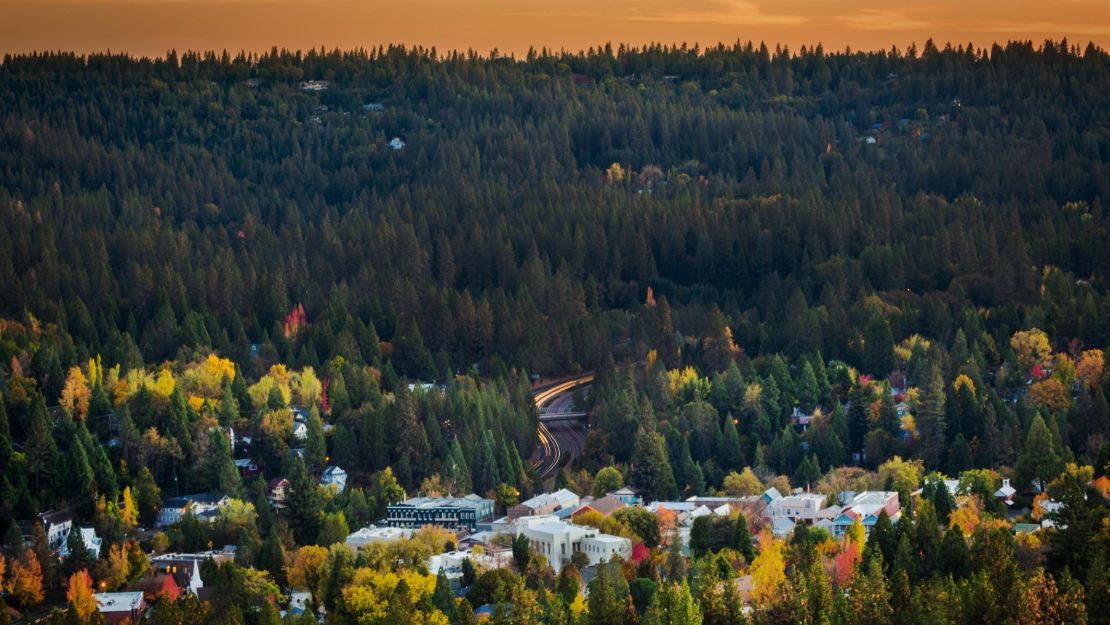
Senum had been investigating ways to reduce the town’s fire risk for years but Camp Fire, which killed 85 people in northern California, and incinerated the town of Paradise last November, spurred her efforts. Paradise is less than 80 miles from Nevada City and the tragedy there was a “call to action,” says Senum.
Obtaining government grants is a slow process, so last December Senum launched a crowdfunding campaign – Goat Fund Me.
Funds will be used to rent herds of goats to chomp down vegetation and create firebreaks that prevent wildfires jumping from trees and plants to homes and businesses.
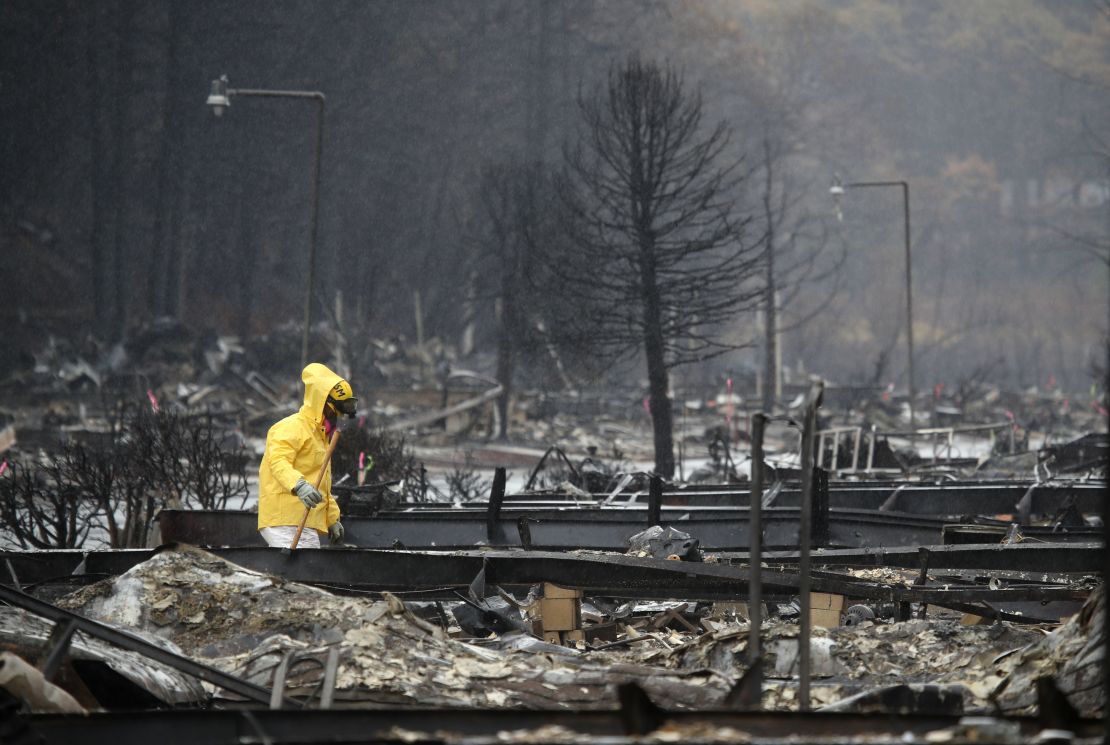
A goat’s work is never done
Using goats to help prevent wildfire is a growing trend across California and other western states in the US.
Johnny Gonzales runs Environmental Land Management which operates a herd of 1,200 goats that work in cities throughout southern California. He says interest in goats is at an all-time high. Other goat rental companies include Goats R Us, Rent a Goat and Goats on the Go.

Fortunately, goats are tireless in their appetites. They can eat 8 to 10 lbs of food a day – up to about 9% of their body weight, says Gonzales.
His goats are taken to work in stock trucks and trailers, having been ‘acclimated’ to the urban environment so that the din of honking car horns and wailing police sirens does not frighten them.
Contained by low voltage electric fences, the goats are accompanied by a human herder and guardian dogs which protect them from predators including coyotes, bobcats and mountain lions.
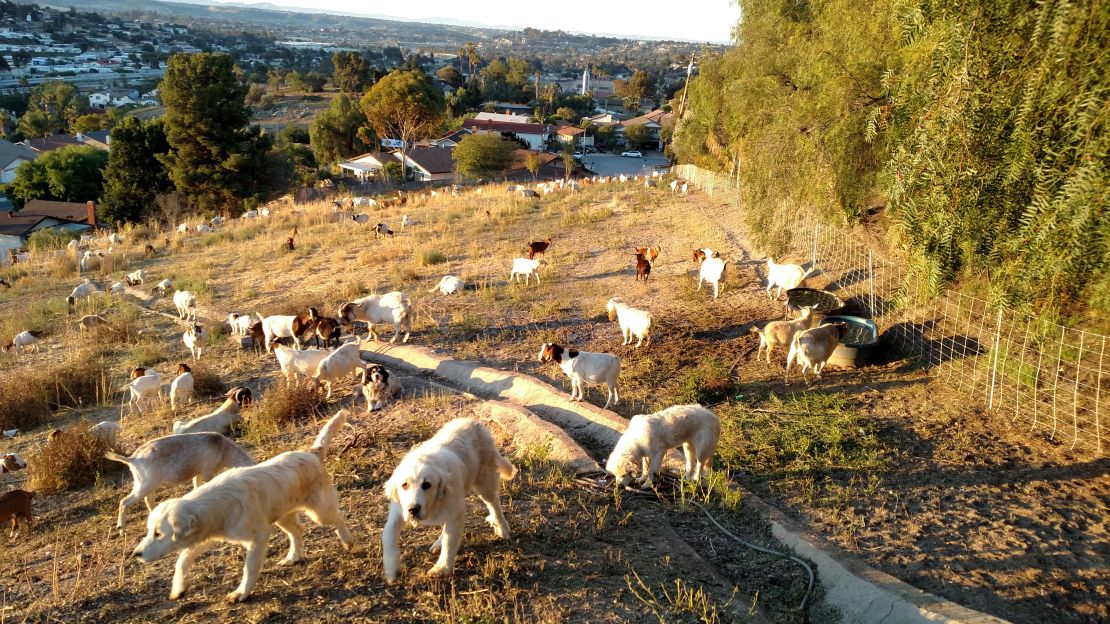
One of Gonzales’ clients is Anaheim Fire and Rescue. Their Public Information Officer, Daron Wyatt, says goats have been deployed for about three years in areas where wild land encroaches on the urban environment, with great success.
“They’re very effective and it’s a great method of clearing the vegetation in an environmentally friendly way,” he says.
The goats gobble tall grasses, shrubs, bushes and small trees. Nimble and hardy, they can work on steep, rocky terrain that’s difficult for humans to navigate, says Wyatt.
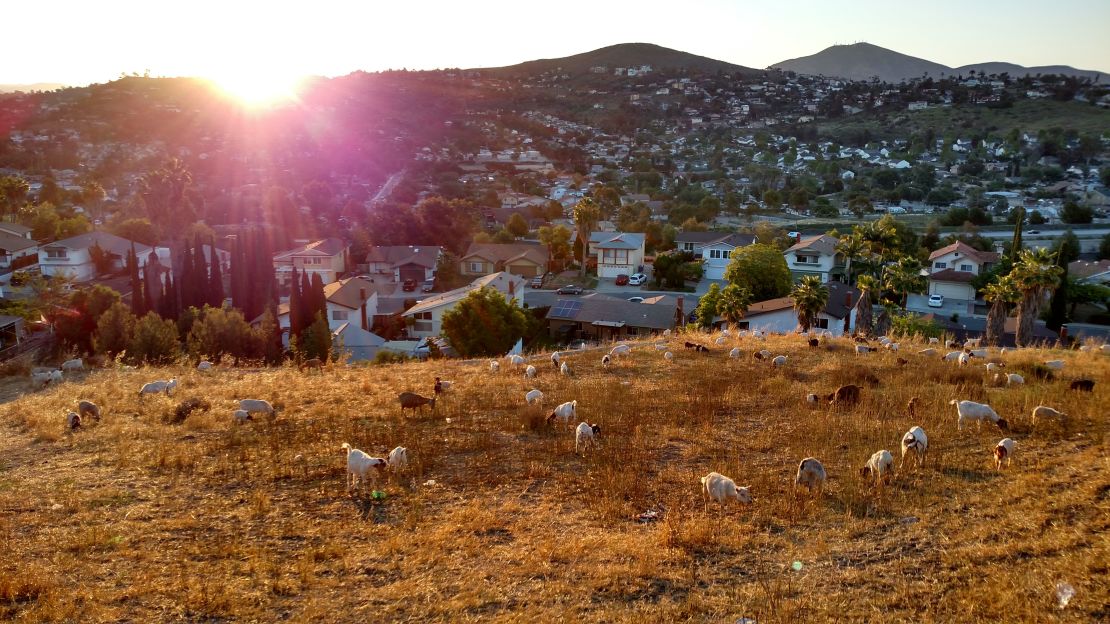
The goats do have some human assistance though – crews follow them, where possible, and use chainsaws and pruning shears to cut down the thicker trunks and branches that the goats can’t chew through.
Fueling the fire
Lynn Huntsinger, professor of range ecology and management at the University of California, Berkeley, says that California has seen an increase in “fuel” – the term fire experts use to describe “dead plants.”
Huntsinger, who used to keep goats in the backyard of her Bay Area home, says the fire problem has its roots in history.
In the past, Native Americans lit fires to control the vegetation, she says. These deliberate burns created a landscape of open grasslands, so wildfires were smaller and less frequent.
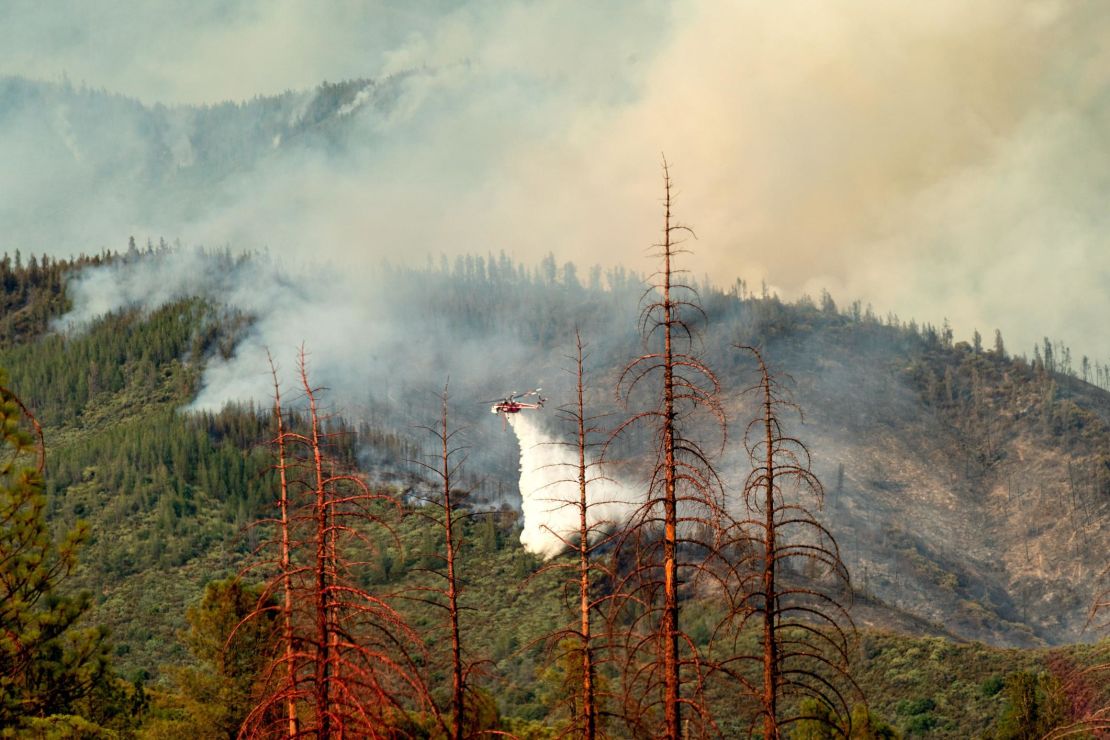
That changed with the arrival of colonial settlers. They did not understand how “using fire prevented fire,” and banned deliberate burns from around the turn of the 20th century, says Huntsinger.
Over time, the grasses were replaced with different types of woody shrubs – collectively called brush – which have since grown out of control.

Suburban sprawl has also increased the threat and scale of damage. “Our land use planning has been oblivious to the danger of mixing houses and brush,” says Huntsinger, pointing to Camp Fire as a classic example of people living in a “highly flammable environment.”
The problem was exacerbated by California’s record-beating drought which started in 2011 and was only declared over last month, having killed more than 100 million trees. Along with the brush, they provide a huge source of highly incendiary fuel for future fires.
“Goats are very good at eating brush, says Huntsinger. “These shrubs tend to be distasteful to most animals, but goats like them.”
Huntsinger also advocates the use of cattle and sheep in fire prevention. They pair well with goats because they eat different plants.
Senum says the response to Goat Fund Me has been “amazing.” Contributions have poured in from local residents, from across the state and around the world. At the time of writing, the fund had reached $26,000 of its $30,000 target. Senum is pursuing additional revenue streams including government grants and corporate donations. “My saying is – the more we raise, the more we graze.” The vegetation will need cutting back every year, she says, but “it will get easier every time.”
With enough goats, Senum hopes to secure Nevada City’s future and prevent the fate that befell Paradise. The town is not only beautiful, it has a very tight knit community, she says. “It’s worth saving.”
